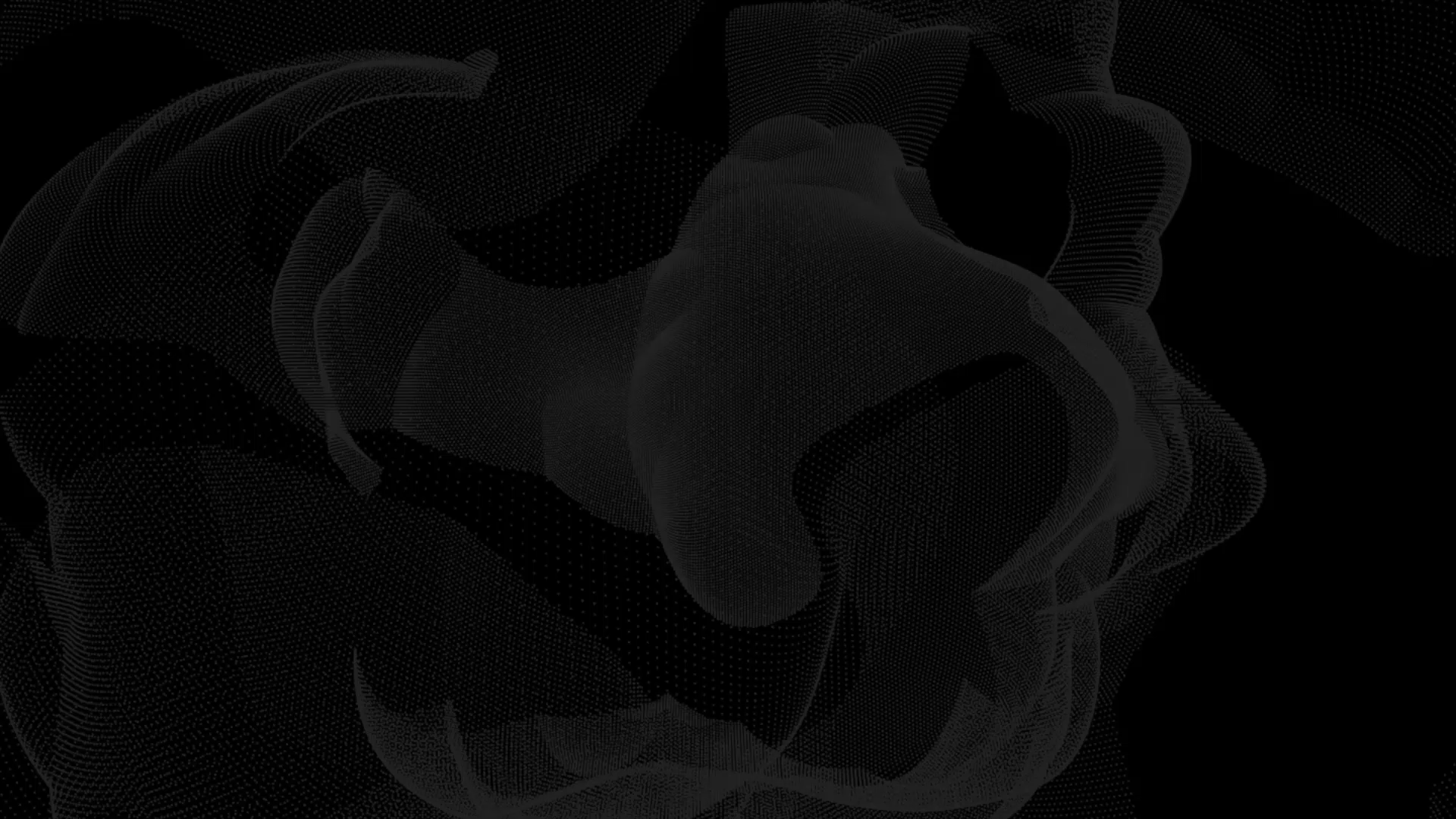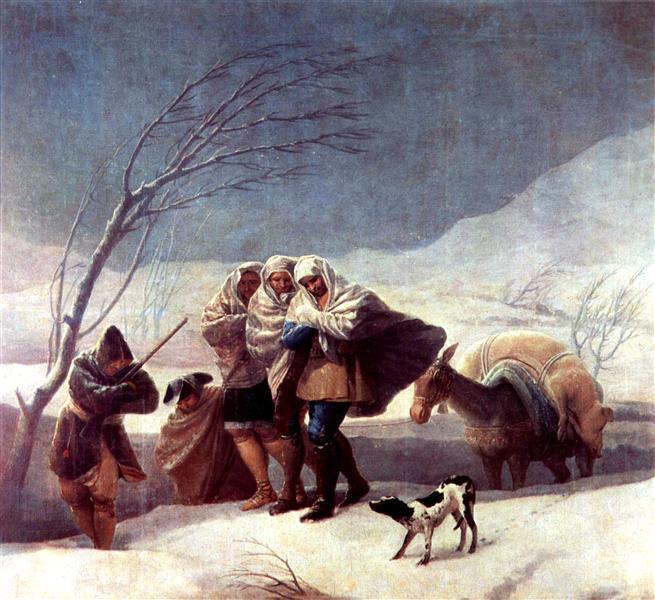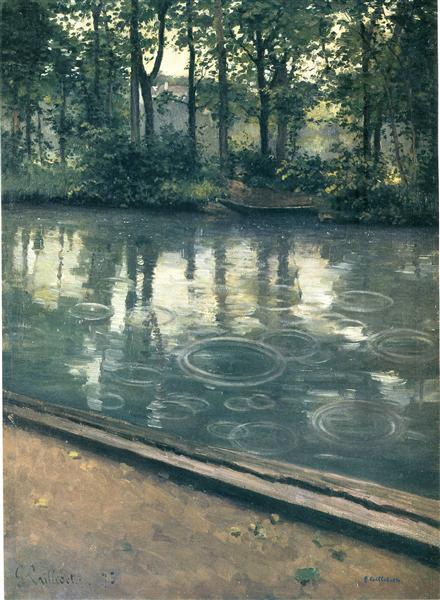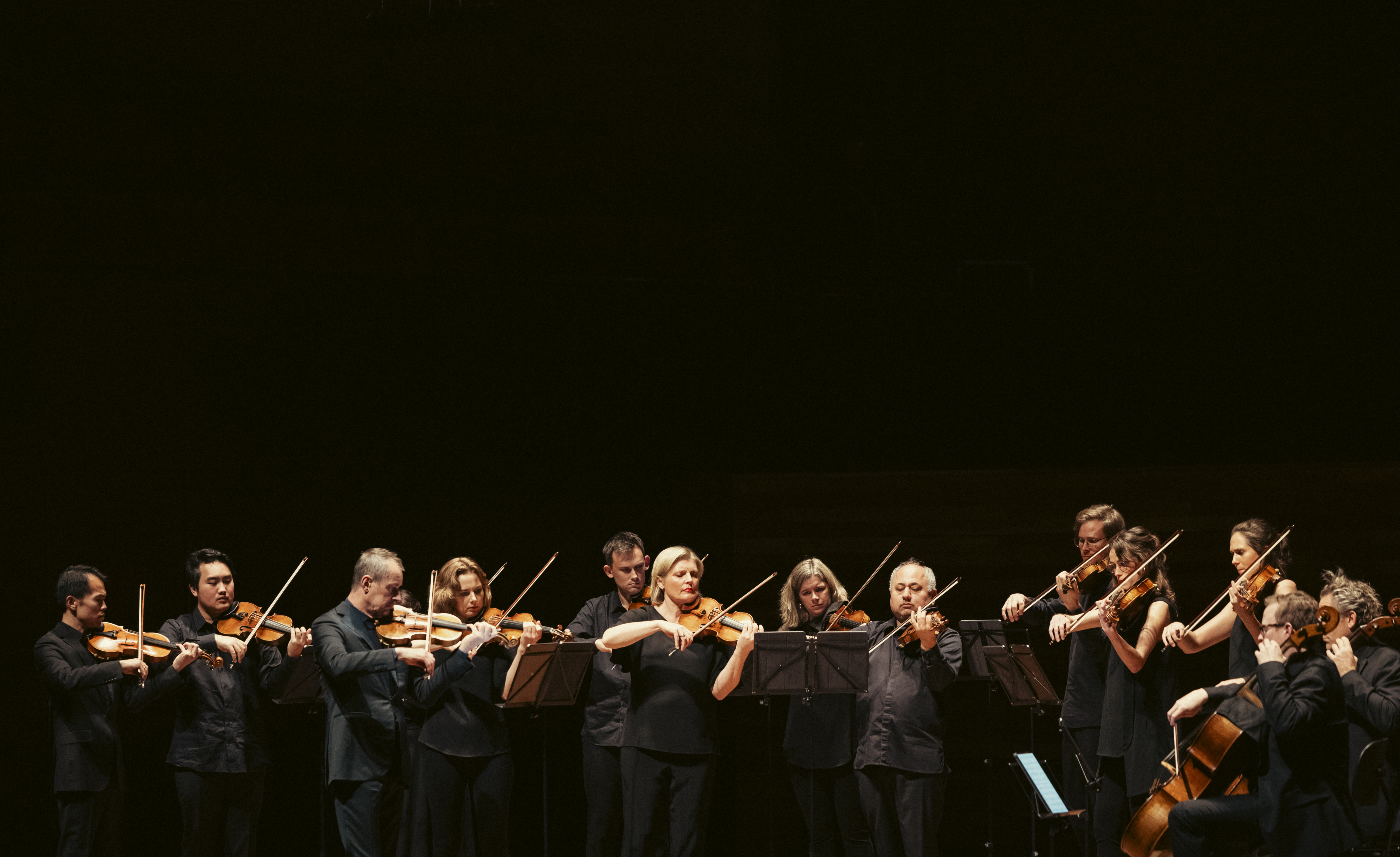
Length of activity
- 20 minutes + extra time for the art activity.
You will need
- Print out of the student worksheet (or blank paper if you can't print)
- Pencil
- Screen or device, with access to the video below or click here to launch the video on YouTube
- Art materials – blank paper, coloured pencils, pens or textas
Video lesson
Print out the worksheet and have it in front of you or have some blank paper and pencil where you can copy down the questions and your answers.
Play the video and fill out the questions in the worksheet (pause or rewind the video if you need to hear the music multiple times).
Music Listening Activity
Listen to the following clips of music and think about how sounds from the natural and man-made world have been used in the music.
Antonio Vivaldi: The Four Seasons, “Spring”
Nikolai Rimsky-Korsakov: The Flight of the Bumblebee
Leroy Anderson: The Typewriter
art that sounds!
Look at the artworks below and describe what kinds of sounds you hear in them. Think about what kind of sounds from the world you can hear, and describe them (are they loud, soft, gentle, angry etc). .
Francisco Goya: The Snowstorm
Tadashi Nakayama: Neighing Horses

Gustave Caillebotte: The Yerres, Rain

Art Activity
Listen to the first movement of Beethoven’s Pastoral Symphony and draw the scene you hear. You might like to draw an abstract painting (colours and shapes) or a realistic landscape scene.
Beethoven: Symphony No. 6, “Pastoral”

